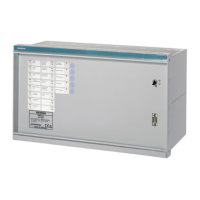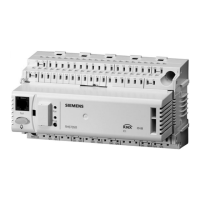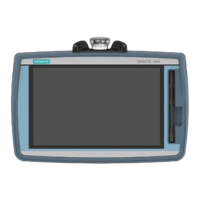Page G-4 248 Operator’s Manual
pCO
2
Sensor
The pCO
2
sensor is based on the electrode described by Severinghaus and
Bradley
12
and consists of a measuring electrode and an internal reference
electrode. The measuring electrode, which is a pH electrode, is surrounded
by a chloride-bicarbonate solution. A membrane permeable to gaseous CO
2
separates this solution from the sample. The internal reference electrode
contains a silver/silver chloride electrode surrounded by the chloride-
bicarbonate solution, and provides a fixed potential.
As the sample comes into contact with the membrane, CO
2
diffuses into the
chloride-bicarbonate solution causing a change in the hydrogen ion
concentration.
The internal pH electrode generates a potential which is compared to the
fixed potential of the internal reference electrode. This results in a
measurement that reflects pH change in the chloride-bicarbonate solution.
The change in pH is proportional to the log of the partial pressure of pCO
2
.
Figure G-3. pCO
2
sensor (cutaway view)
pO
2
Sensor
The pO
2
sensor is based on the electrode described by Clark
13
and uses
amperometric technology. The sensor consists of a platinum (Pt) cathode, a
silver (Ag) anode, an electrolyte solution and a gas permeable membrane.
A constant voltage, called a polarizing voltage, is maintained between the
anode and the cathode. As dissolved oxygen from the sample passes
through the membrane into the electrolyte solution it is reduced at the
cathode. The circuit is completed at the anode, where the Ag is oxidised.
The amount of oxygen reduced is directly proportional to the number of
electrons gained at the cathode. Therefore, by measuring the change in
current (electron flow) between the anode and the cathode, the amount of
oxygen in the sample can be determined
14
.
Sensor Contacts
Sample Path
O-Ring

